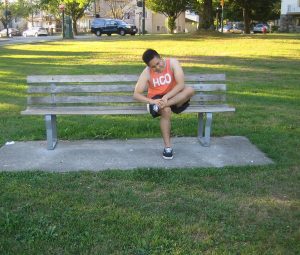Leg cramps are considered common but generally harmless in which the leg muscles abruptly tighten and become painful. The condition typically affects the calf muscles, but can affect any part of the leg including the thighs and feet.
Once the cramping has settled, there is pain and tenderness in the leg for several hours. Some of these cases arise at night time during sleep.
What are the causes?

Leg cramps can arise for no evident reason which is called as idiopathic leg cramps or a complication of a health condition which is called as secondary leg cramps. The usual causes of the secondary form might include:
- Exercise
- Pregnancy
- Liver disease
- Certain forms of medications such as statins
During an episode, the muscles abruptly contract which results to leg pain. This is called as a spasm and could not be controlled.
The cramp can last for a few seconds up to 10 minutes. Once the spasm settles, the individual can control the muscle again.
Management of leg cramps
In most cases of leg cramps, they can be alleviated by exercising the affected muscles. By exercising the legs during the day, it often helps relieve the frequency of the cramps.
Medication is only required in persistent cases if the leg cramps do not respond to exercise. If the individual has secondary leg cramps, dealing with the underlying cause can help alleviate the symptoms.
If the leg cramps occur during pregnancy, it is expected to subside after the child is born. The treatment for leg cramps that arise from serious liver disease can be difficult. The treatment plan might include medications such as muscle relaxants.
Prevention
If the individual often suffers from leg cramps, regular stretching of the lower leg muscles can prevent the cramping or lessen their frequency.
It might be beneficial to stretch the calves before going to bed every night. The following night-time measures can also help:
- When lying on the back, make sure that the toes are pointed upwards – place a pillow on the side at the end of the bed with the soles of the feet elevated against it to keep the feet in the proper position
- When lying on the front, dangle the feet over the end of the bed – this helps keep the feet in a relaxed position and help stop the contracting and tensing of the calves
- Make sure that the sheets and blankets are loose
